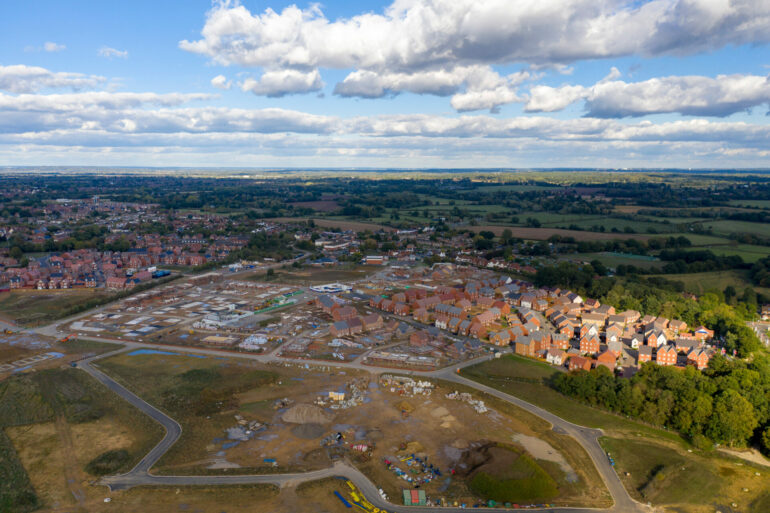England’s green belt covers 12.5% of its total land area, and could facilitate the construction of 17.5 million new-build plots, according to research by Woods Hardwick.
The research also found that only 1.4% of this land would be needed to meet the Government’s target of one million new homes built by the next General Election.
The concept was originally implemented to prevent urban sprawl in the 1950s, when the UK population was approximately 51 million.
Only 8.7% of England’s land is of developed use, with just 10.5% defined as ‘built-up’.
London was found to have the smallest amount, but proportionally it equated to 22.1% of the region’s total land area, despite space being in high demand.
Green belt land covered 20% of the West Midlands region, potentially facilitating the construction of 11.9 million new-builds.
The South East was the area with the biggest potential impact, with 16% potentially delivering 13.8 million new homes.
Tandridge was the local authority with the highest proportion, at 93.9%, enough to deliver one million new homes.
Epping Forest and Sevenoaks (both 90%) also had large proportions of green belt land.
Building on this land could make the biggest impact in Northumberland, where it could facilitate 3.2 million new-builds, despite accounting for just 14% of its total land area.
Russell Gray, planning director at Woods Hardwick, said: “Sensibly planning the release of green belt land will directly address the housing crisis and local property shortages.
“That doesn’t mean concreting over the entire countryside as many incorrectly assume and there are swathes of green belt that have been incorrectly classified and contribute little to the intended purposes of green belt in national policy.
“Green belt development has been continually rejected by politicians for landscape or habitat reasons when that should not be the case.
“Our research highlights just how much land is classified as green belt across England and how difficult this makes the delivery of much needed housing, particularly in areas where space is already finite.
“England’s entire green belt could deliver almost seventy four million new homes – three times as many homes we already have – and it would take reclassifying just 1.4% of green belt land for the government to meet its target of one million homes by the next general election.
“Instead, they’ve set their sights on brownfield redevelopment, a task that is far more complicated, costly and, quite frankly, doomed to fail due to there simply not being enough of such land.
“It also typically fails to provide the level of affordable housing we desperately need as a country.
“As a result, we expect that come the next general election, we will be hearing yet more excuses why we haven’t met or built the government’s one million new homes target to address the crippling housing crisis felt across the nation.”



